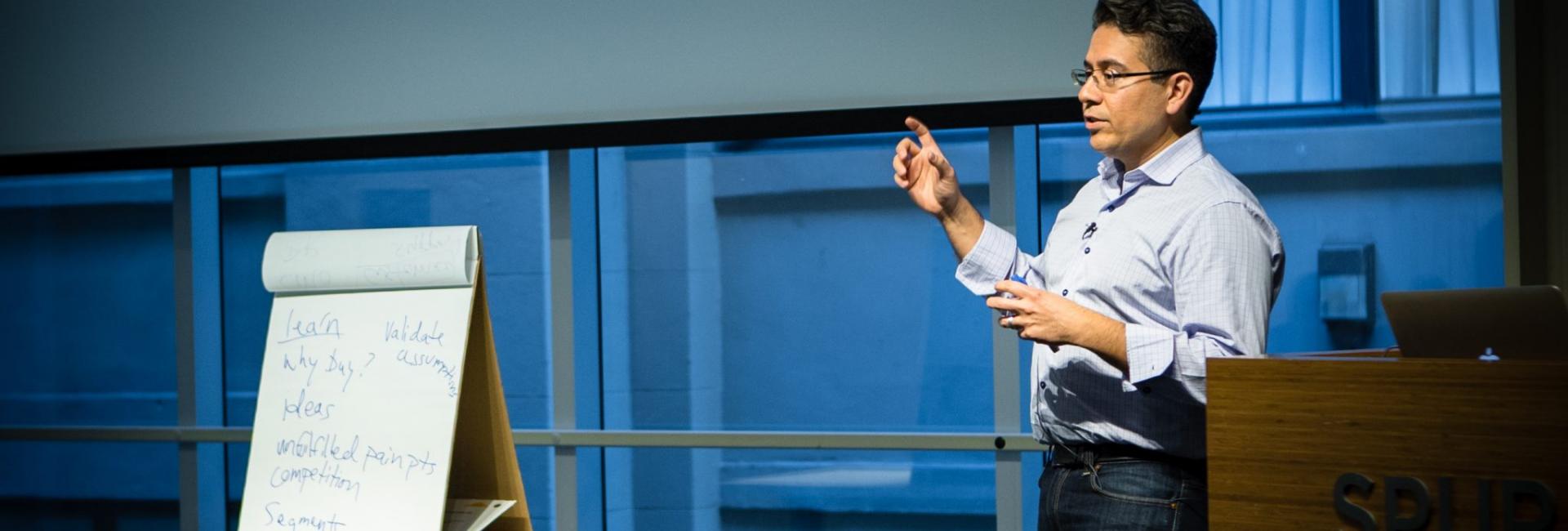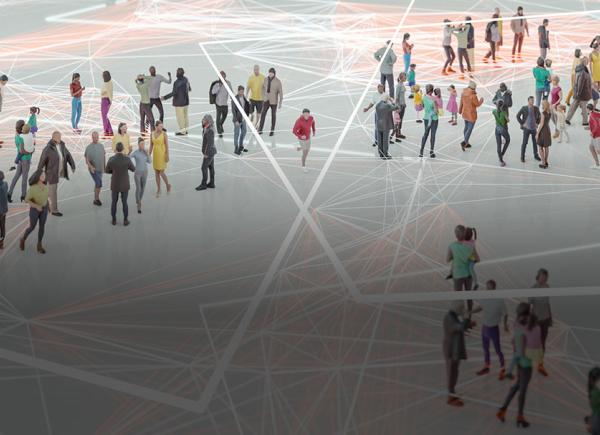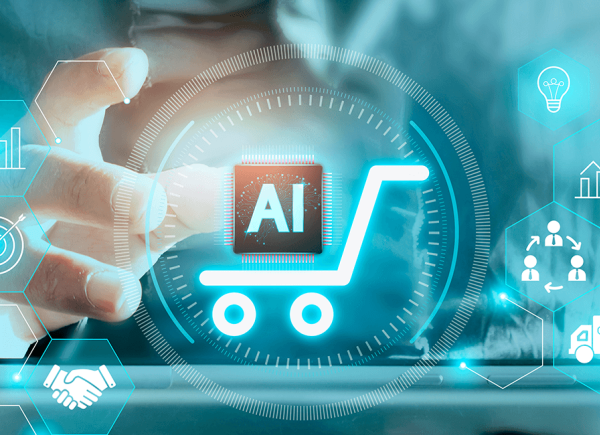In marketing, your most important collaboration is with the customer. What you learn from your customer can change your product, strategy, and business dramatically. This is why in this blog post we’re talking about research and how to interview your customers.
The Benefits of Customer Research
Customer research is valuable even if you think you understand your target market. It will not only save you time in the long-run, it will lend credibility to your work. Many people forget that customer research is an ongoing process, but your competitors and customers are constantly changing so you need to invest in understanding your customers. Additionally, customer research is applicable to every stage of your product lifecycle. So, even if you understand one aspect of your customers very well there are probably others you can improve. Let’s look at some of the biggest benefits of conducting customer research:
- Understand your customers
Customer research helps you understand your customers – who they are, what they are trying to accomplish, the options they consider, the research they do into your products, and how they make purchase decisions.
- Create better products
Customer research helps you understand the challenges, constraints, and context your customers face when using yours or your competitors’ products. Through customer research you can identify what factors matter most so you can get the most from your product development efforts.
- Manage competition
Customer research can help you understand how customers view your competitors and the trade-off decisions customers make. By including competitive offerings in your research, you can identify opportunities to improve and/or differentiate your product relative to your competition.
- Go to market faster at a lower cost with better designed products
Customer research helps you go to market faster, at a lower cost, with better designed products by incorporating customer feedback early in your product development process. The sooner you catch and correct incorrect assumptions, the less costly the assumptions are for your business. It’s better to correct an incorrect assumption before you’ve made significant investments in development, sales, and promotions.
- Build customer relationships
View customer interviews as a part of a long-term relationship with your customers (i.e., customer development) rather than transactions. When you do customer interviews right, you will build long-term relationships with your customers that lead to more collaboration and sales.
Understanding Customer Interviews
There are many kinds of customer research. But let’s look at one particularly helpful method – customer interviews. Customer interviews are a versatile and often cost-effective way to get a lot of information quickly. For example, they can help you understand how your customers are using your product or identify opportunities to improve customer service. Customer interviews are an opportunity to listen and observe; they are not a sales pitch. Your customers will shut down if they think you’re trying to sell them something. So, focus on learning. Your only goal should be to listen to your customers and try to understand their perspective. At times, this might feel counterintuitive (especially for those of you who instinctively like to solve problems) but it’s the best way to conduct interviews that will result in actionable insights. Preparation is key. Before you write your interview guide, which contains the questions you will ask, start with a research design which answers the following three key questions:
- What decision are you trying to make?
- What information do you need to make that decision?
- Who do you need to speak with to get that information?
These three questions inform the design of your research and in turn guide you to identify the best questions to ask during your interviews. It helps to talk through how you plan to use the data collected during interviews, visualize how you expect the data to come back, and ask your team how they will use the data to inform decisions.
Tips and Best Practices
Keep in mind there is a big difference between actual and stated behavior. For example, most people would agree it's important to save for retirement. But a much smaller percentage of people do save for retirement. This limitation is relevant to any question asking customers to describe their behavior, however, now that you know this you can design your research to avoid this error and get to understanding actual behavior. There is a treasure trove of information that can be gathered from customer interviews especially if you develop good questions and organize them well. How do you develop and organize your questions? Here are four categories which will help you organize and identify question types best suited to your research goals.
- Context
Ask your customers to describe scenarios or contexts in which they use your product or service. Sample question: “Describe [where, when, how] you use this product…”
- Past problems
Ask your customers to describe some of the past problems they’ve experienced. Sample question: “Tell me about a time when you tried to accomplish this task. What challenges did you face?”
- Current considerations and trade-offs
Ask your customers how they chose between two different solutions. Sample question: “What solutions did you consider? How did you choose this solution over that solution?”
- Future enhancements
Ask your customers what they wish was different about your product or service. Sample question: “If you could change one thing about this service what would it be?”
Key Takeaways
Customer research can be applied at any stage of the product lifecycle and customer interviews are a great way to get a lot of valuable information quickly. During customer interviews, it’s important to ask open-ended questions. These are questions that have an infinite number of answers. You might consider asking silly or obvious questions so you can be open to answers that will surprise you. Given the myriad possibilities with customer interviews, it helps to have specific, focused research questions upfront so you get insights you can act on right away. A research design before you start your research will help you and your team be clear about the goals of your research, the customers you will talk to, and the information you will collect. Według informacji Ultra Hot Deluxe Remember customer interviews and customer research are about connecting and understanding your customers. By being open to understanding your customer’s needs you are already taking the first steps to grow your business. Good luck! Hector Lopez is a marketing consultant, passionate about customer interviews that lead to better products, better marketing, and better businesses. We brought Hector in to a recent Incubator bootcamp to chat about how to better understand your customer. If you would like to learn more about the Envestnet | Yodlee Incubator, visit our website here. If you’re an entrepreneur with an idea to leverage financial transaction data, applications for our next cohort are opening soon.




